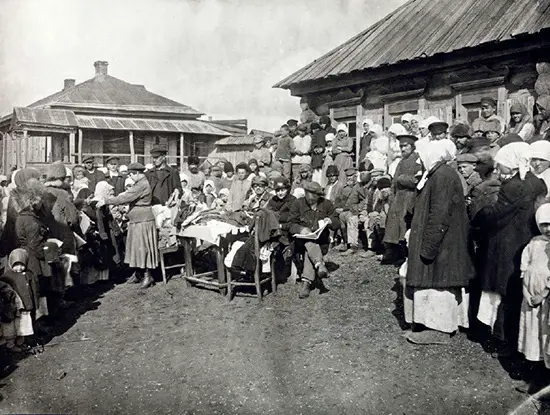The Russian famine of 1921–1922, one of the most devastating famines of the modern era, resulted in the deaths of approximately 5 million people and impacted tens of millions more. This tragedy was caused by a combination of natural disasters and political turmoil. The flooding of the Volga River in the spring of 1921, followed by a severe drought, ravaged the crops. These natural disasters, compounded by the economic and political upheaval from World War I and the Russian civil wars, created a perfect storm for famine.
The Lenin government’s initial reluctance to accept foreign aid further exacerbated the situation. However, the dire circumstances of the Russian famine played a crucial role in shaping the future of international aid. It helped establish and expand the reach of global aid organizations like the American Relief Administration, led by Herbert Hoover, and later the United Nations’ World Food Programme. It also influenced the expansion of privately funded agencies such as the American Red Cross.
Despite being overshadowed by other devastating famines in China and India, the Russian famine’s timing and context were pivotal in fostering a global network of humanitarian aid. This legacy continues to be relevant in the 21st century, as the world still faces famines driven by political unrest and climate disasters.

